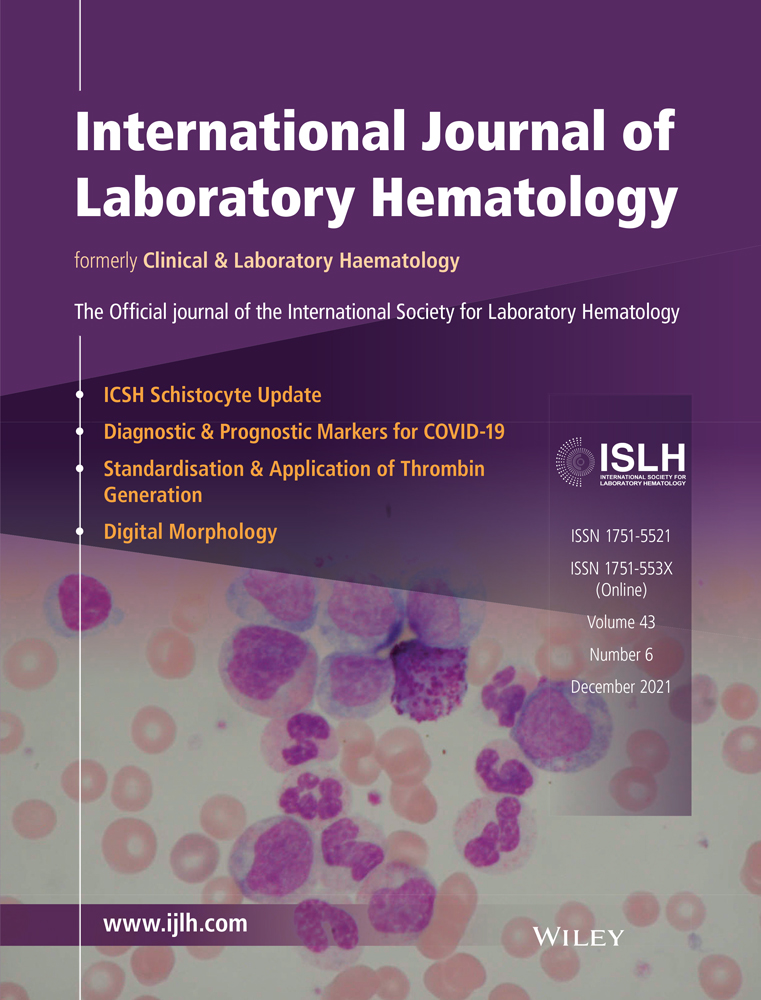High immature platelet fraction with reduced platelet count on hospital admission. Can it be useful for COVID-19 diagnosis?
Abstract
Introduction
Health professions are heavily engaged facing the current threat of SARS-CoV-2 (COVID-19). Although there are many diagnostic tools, an accurate and rapid laboratory procedure for diagnosing COVID-19 is recommended. We focused on platelet parameters as the additional biomarkers for clinical diagnosis in patients presenting to the emergency department (ED).
Materials and Methods
Five hundred and sixty-one patients from February to April 2020 have been recruited. Patients were divided into three groups: (N = 50) COVID-19 positive and (N = 21) COVID-19 negative with molecular testing, (N = 490) as reference population without molecular testing. A Multiplex rRT-PCR from samples collected by nasopharyngeal swabs was performed and the hematological data collected.
Results
We detected a mild anemia in COVID-19 group and lymphopenia against reference population: hemoglobin (g/dL) 13.0 (11.5-14.8) versus 13.9 (12.8-15.0) (P = .0135); lymphocytes (109/L) 1.24 (0.94-1.73) versus 1.99 (1.49-2.64) (P < .0001). In addition, abnormal platelet parameters as follows (COVID group vs reference population): PLT (×109/L) 209 (160-258) vs 236 (193-279) (P = .0239). IPF (%) 4.05 (2.5-5.9) versus 3.4 (2.2-4.9) (P = .0576); H-IPF (%) 1.25 (0.8-2.2) versus 0.95 (0.6-1.5) (P = .0171) were identified. In particular, COVID positive group had a high H-IPF/IPF Ratio compared to reference population [0.32 (0.29-0.36) versus 0.29 (0.26-0.32), respectively, (P = .0003)]. Finally, a PLT difference of nearly 50 × 109/L between pre/postCOVID-19 sampling for each patient was found (N = 42) (P = .0194).
Conclusions
COVID-19 group results highlighted higher IPF and H-IPF values, with increased H-IPF/IPF Ratio, associated to PLT count reduction. These findings shall be adopted for a timely diagnosis of patients upon hospital admission.
CONFLICT OF INTEREST
The authors have no competing interests.




